While the Taj Mahal stands as India’s most famous monument, the country’s ancient temples hold equally breathtaking beauty that often goes unnoticed by international travelers. These architectural marvels, some dating back over 1,500 years, showcase incredible craftsmanship that rivals any wonder of the world.
Each temple tells a unique story through its intricate carvings, massive stone structures, and detailed artwork that has survived centuries of history. Let’s explore these hidden gems that prove India’s architectural splendor goes far beyond its most famous marble masterpiece.
Kailasa Temple
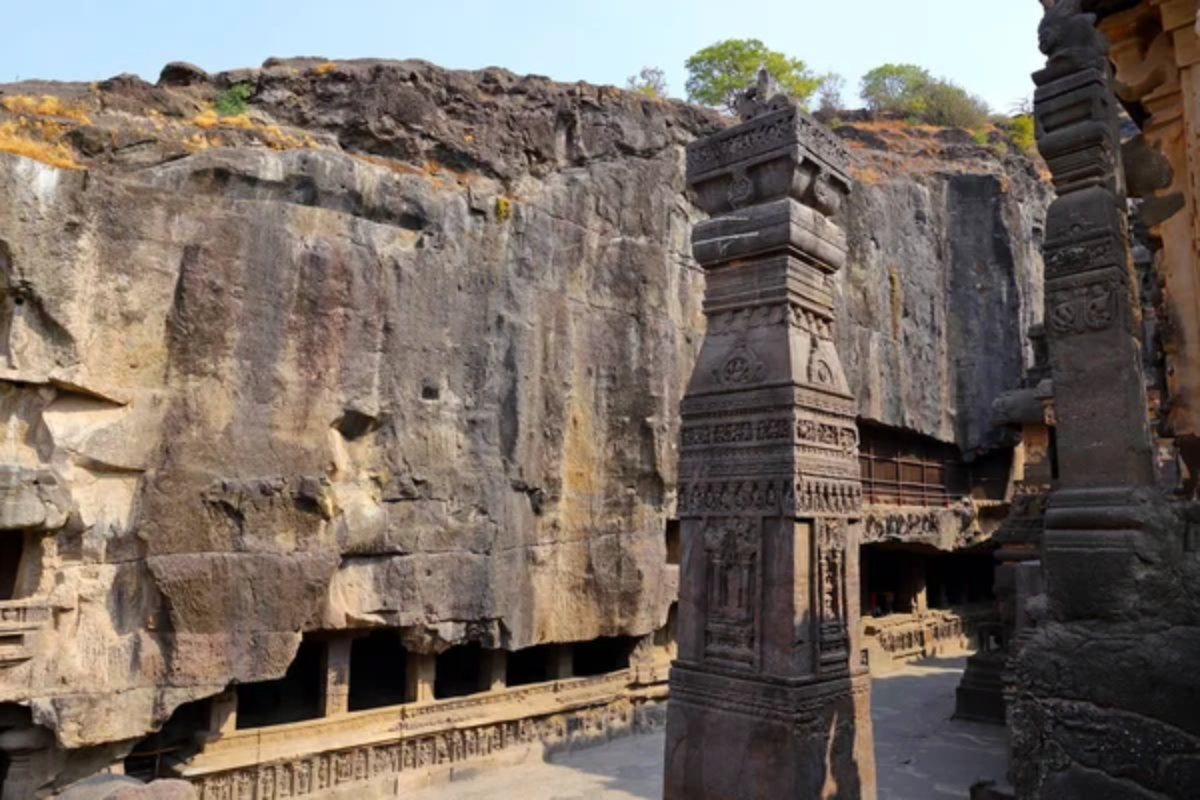
The Kailasa Temple is humanity’s largest monolithic structure. It was carved from a single rock face in Maharashtra. Workers removed over 400,000 tons of rock to create this 8th-century marvel, which rises 164 feet high and spans twice that length.
The temple features life-sized elephant sculptures that appear to support the massive structure, while intricate carvings tell stories from ancient Hindu texts. Even today, engineers struggle to understand how ancient builders created such precision without modern tools.
Brihadeeswarar Temple
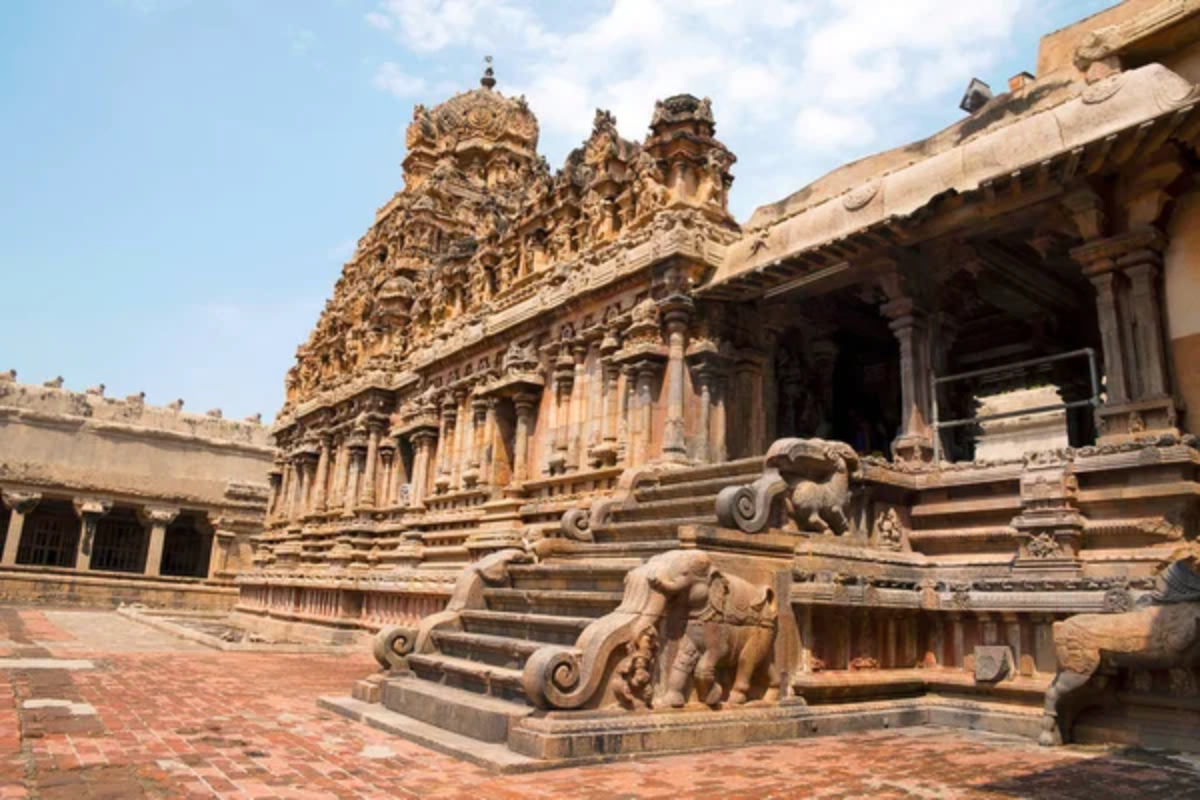
This 1,000-year-old temple in Tamil Nadu features a massive tower that reaches 216 feet into the sky, topped with an 80-ton granite block that workers somehow lifted into place. The temple’s shadow never falls on the ground due to its clever architectural design, making it a medieval marvel of engineering.
Local guides love sharing how the entire structure was built using a clever system of ramps, as no crane technology existed at the time. The temple’s walls feature over 100,000 stone carvings, each telling a different story from ancient Hindu mythology.
Like Travel Pug’s content? Follow us on MSN.
Khajuraho Temples
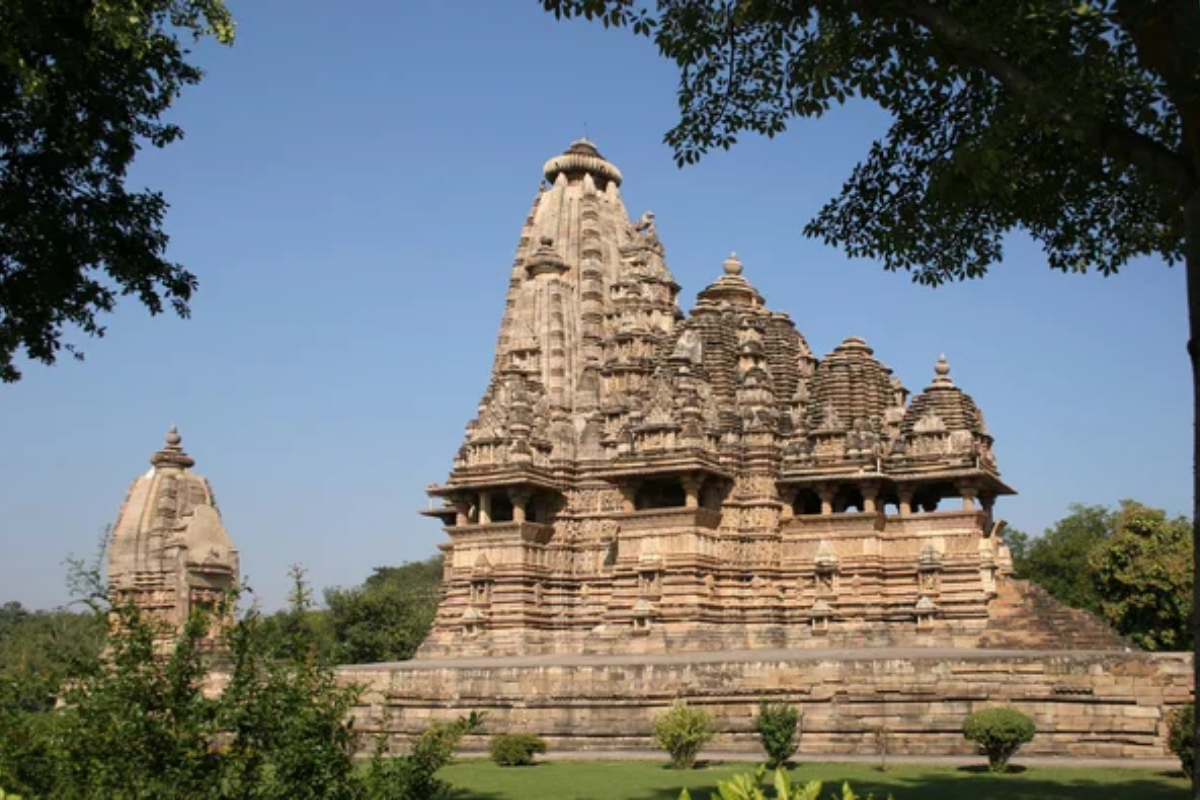
Built by the Chandela dynasty, these temples in Madhya Pradesh showcase some of India’s most detailed stone carvings depicting everyday life in medieval times. The temples survived Mughal invasions by being hidden in dense forests for centuries, preserving their incredible artwork.
The site features 25 temples built from sandstone blocks fitted without mortar, yet they’ve stood strong for over 1,000 years. Visitors often spend hours discovering new details in the carvings that cover every inch of the exterior walls.
Dilwara Temples
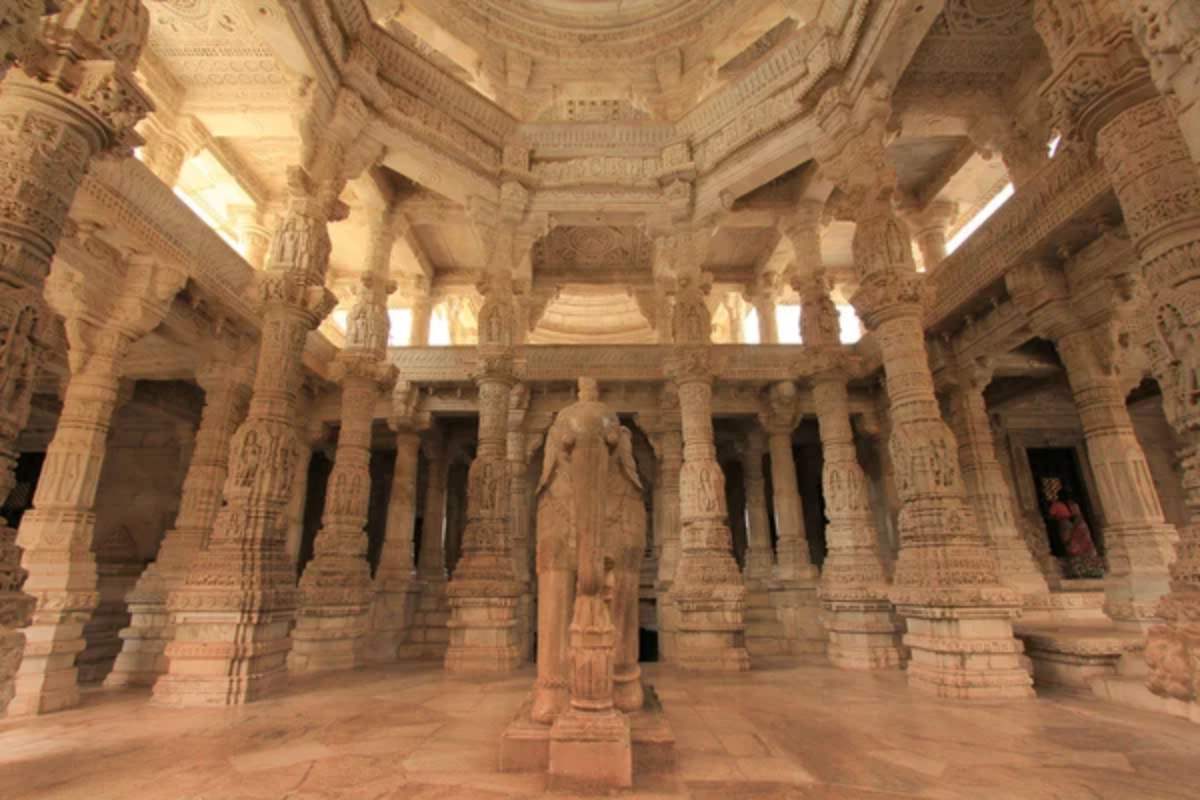
Tucked away in Mount Abu, these Jain temples showcase marble work so fine it almost appears transparent in sunlight. The ceiling features designs so intricate that visitors often lay on the floor just to take in their beauty.
The marble was transported over 300 miles by cart to the construction site, showing the builders’ dedication to perfection. Each panel tells a different story through detailed carvings that took years to complete.
Meenakshi Temple
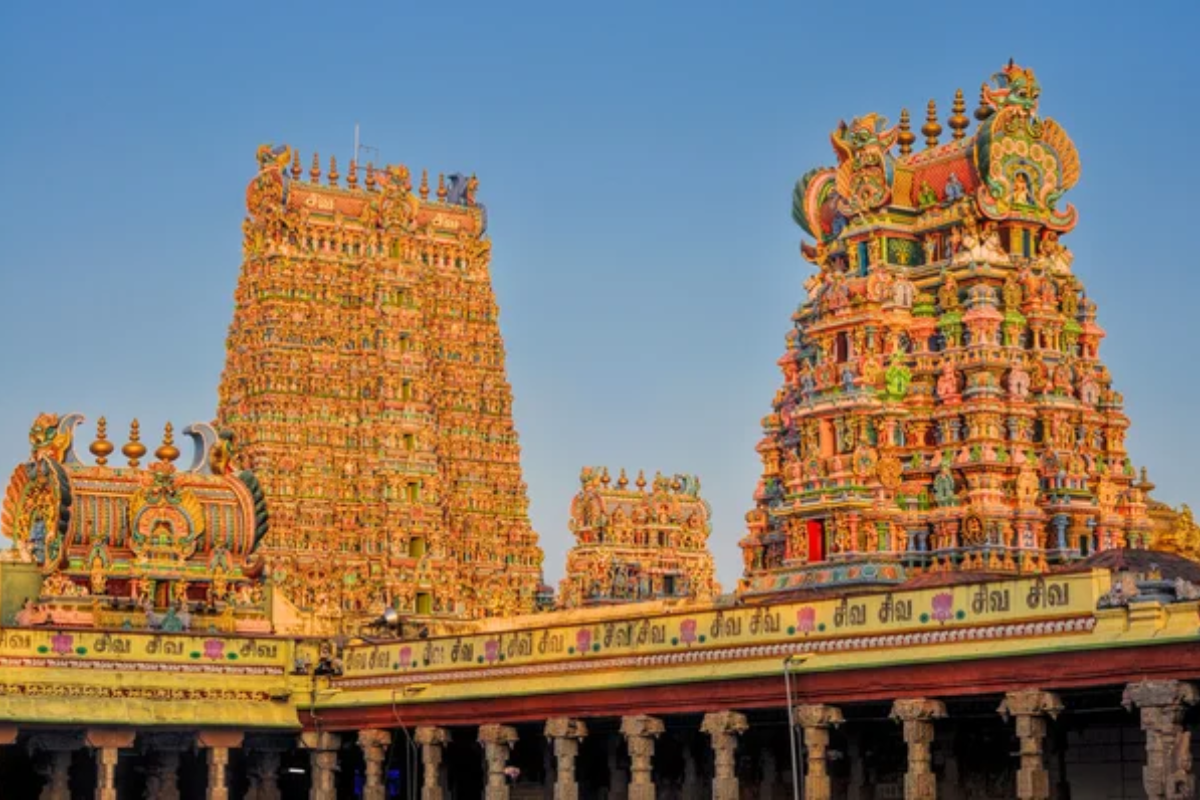
This colorful temple in Madurai features 14 towers painted in bright hues that reach toward the sky like a rainbow-colored mountain range. The temple complex spans 15 acres and contains 33,000 sculptures, revealing new details on each visit.
The innermost shrine has been in continuous use for daily worship for over 2,400 years. Each evening, a ceremony using an ornate solid gold chariot draws hundreds of visitors.
Like Travel Pug’s content? Follow us on MSN.
Virupaksha Temple
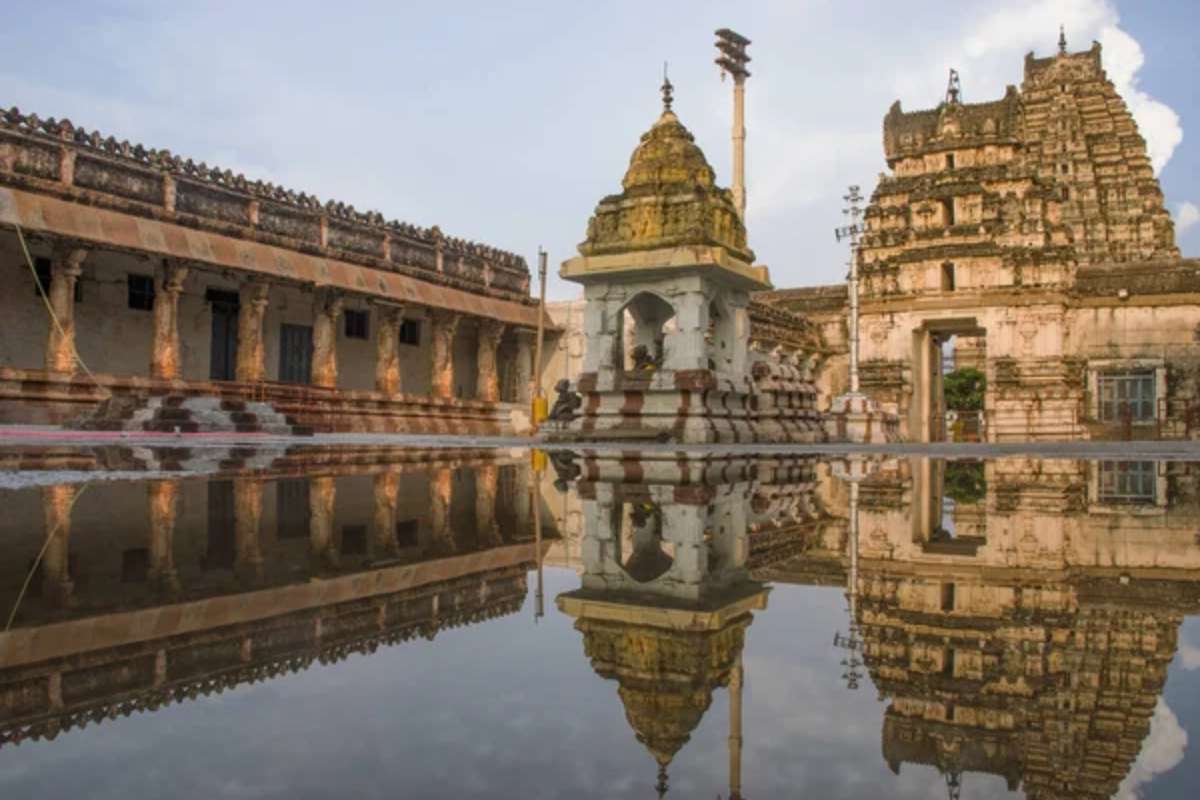
Standing tall in Hampi’s boulder-strewn landscape, this temple has witnessed the rise and fall of one of India’s greatest empires. The temple’s tower creates an inverted shadow that appears right-side-up through a small opening, showing the builders’ understanding of light and physics.
Local monkeys treat the temple as their playground, adding a touch of living history to the ancient stones. The structure has survived multiple invasions and natural disasters yet continues to operate as a place of worship.
Jagannath Temple
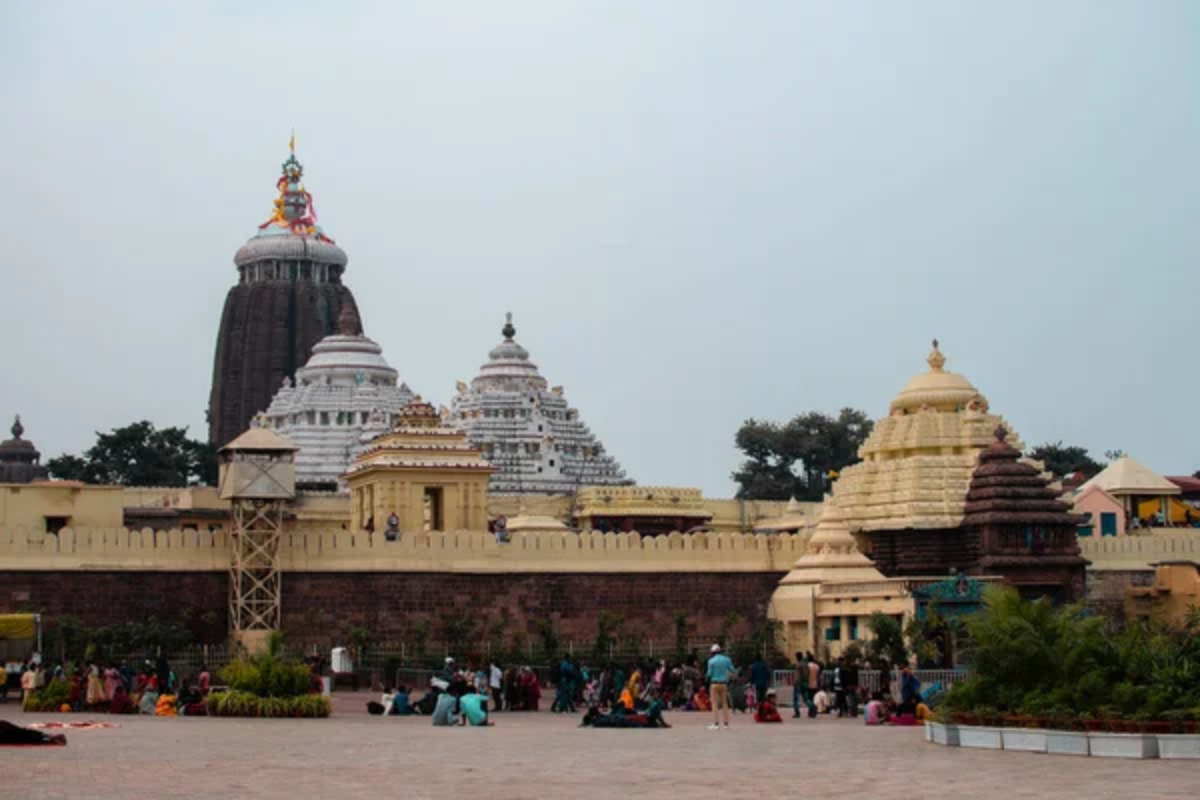
This massive temple in Puri features a tower that rises 214 feet high and showcases engineering skills that modern architects still study today. The temple’s kitchen feeds over 25,000 people daily using traditional cooking methods that haven’t changed in centuries.
The main dome features a wheel of eight metals that defy the laws of magnetism. Surprisingly, birds never fly over the temple’s main spire, a phenomenon scientists still can’t fully explain.
Modhera Sun Temple
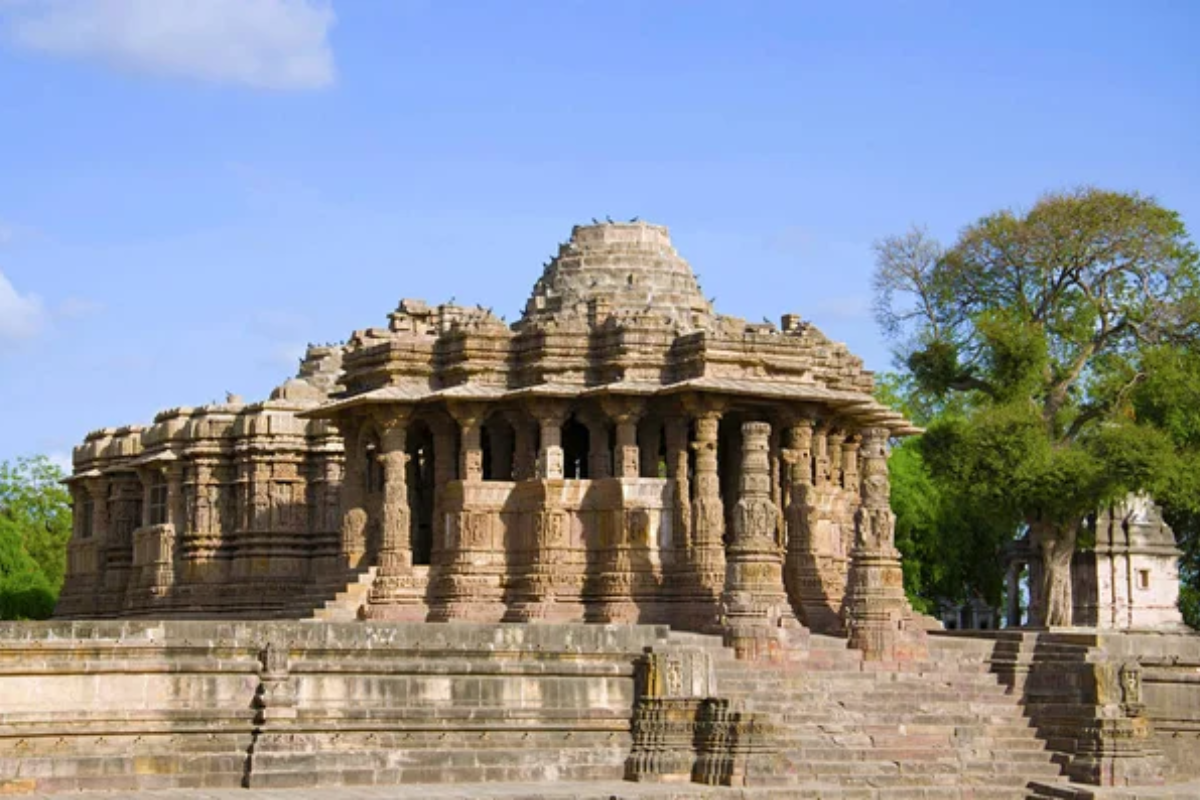
Built in 1026 CE, this temple in Gujarat features a stepped tank with 108 shrines that create stunning reflections during sunrise and sunset. The temple’s design allows sunlight to fall directly on the diamond-studded gold idol during equinoxes.
Carved figures on the exterior walls dance in the changing light throughout the day. The structure stands as a masterpiece of architectural planning, with every stone placed to create specific light and shadow effects.
Like Travel Pug’s content? Follow us on MSN.
Padmanabhaswamy Temple
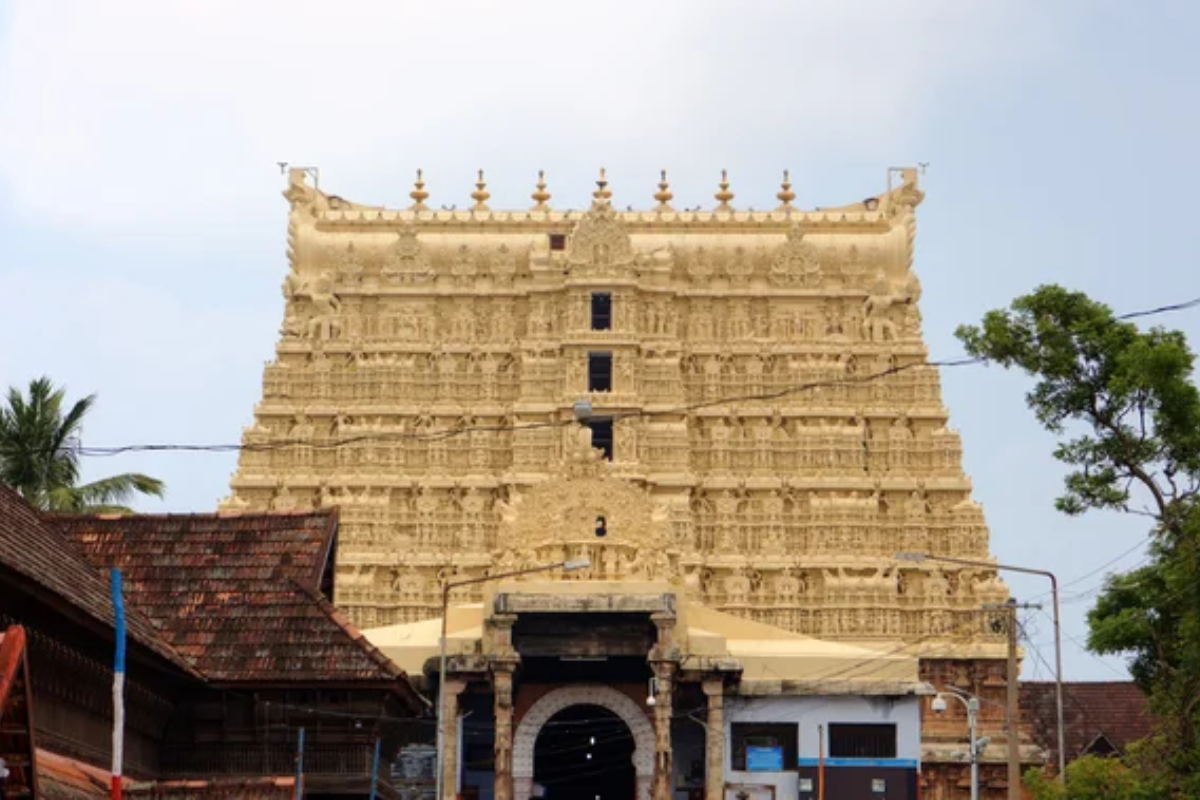
Hidden beneath this temple in Kerala lies the world’s richest collection of gold and jewels, valued at over $1 trillion. The temple’s granite walls feature carvings so precise that a strand of hair can’t fit between the stones.
Ancient texts mention seven secret vaults beneath the temple, though only six have been found. The temple’s unique mix of Dravidian and Kerala architecture creates a style found nowhere else in India.
Ranakpur Temple
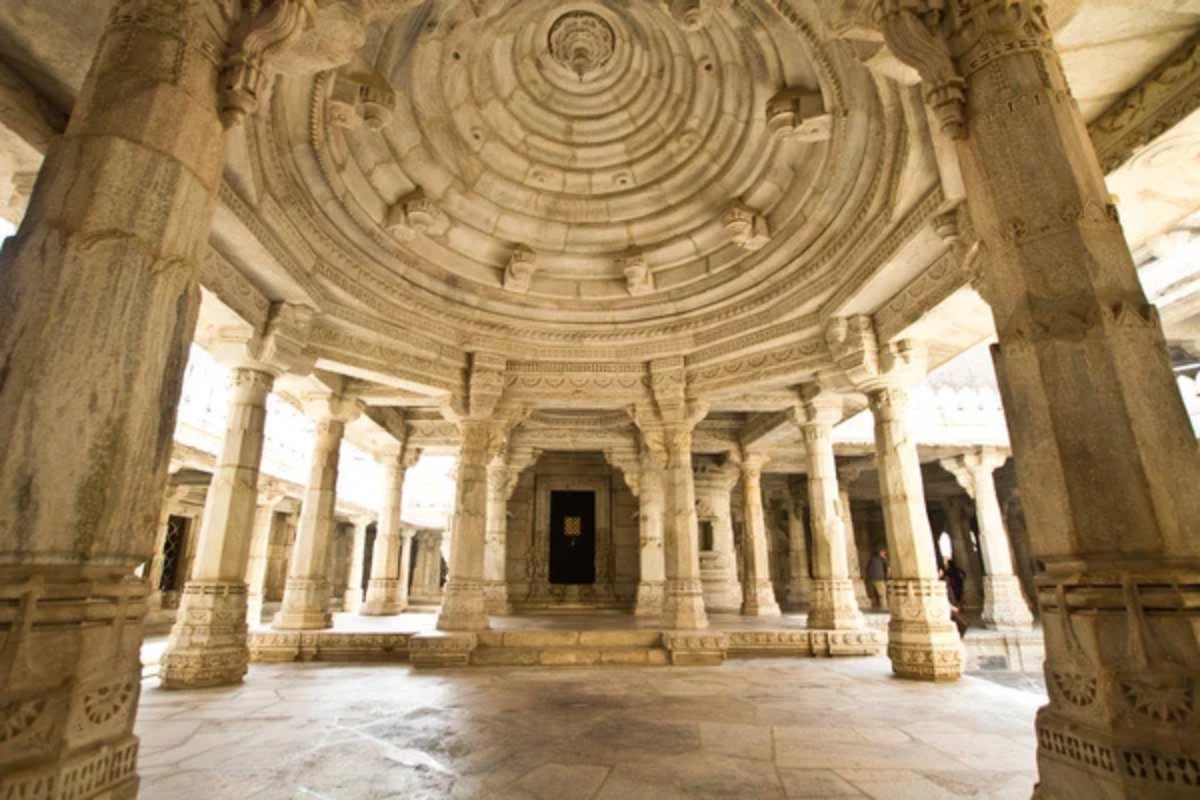
This Jain temple, supported by 1,444 uniquely carved marble pillars, no two of which are exactly alike, represents mathematical precision in architecture. Sunlight plays through the forest of pillars throughout the day, creating ever-changing patterns on the floor.
The temple took over 50 years to complete, with artisans dedicating their lives to carving single sections. Despite its massive size, the temple feels light and airy thanks to clever architectural design.
Gangaikonda Cholapuram

Built to rival the famous Brihadeeswarar Temple, this lesser-known masterpiece features sculptures that seem to change expression as you walk past them. The temple’s water storage system has kept it supplied through droughts for over 900 years.
Engineers still marvel at how builders achieved perfect right angles and straight lines without modern tools. The temple’s shadow falls in different patterns during various seasons, acting as an ancient calendar.
Like Travel Pug’s content? Follow us on MSN.
Lingaraja Temple
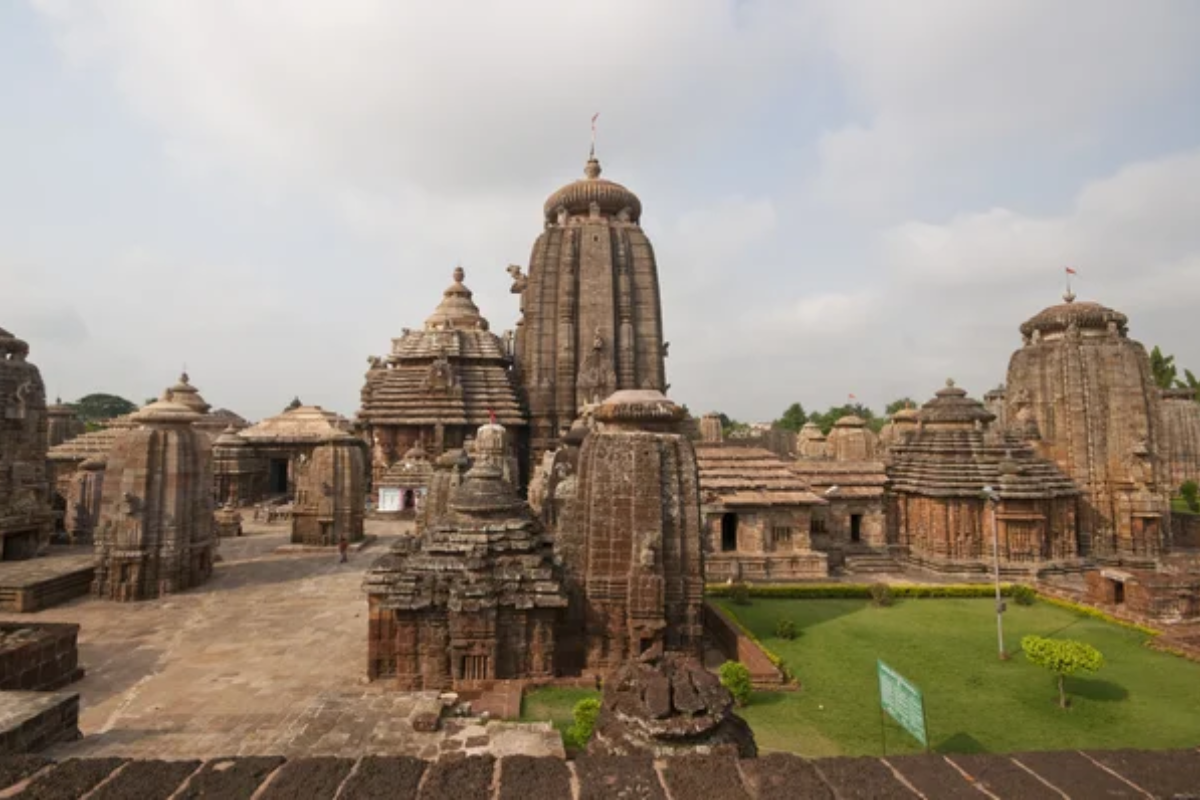
Rising 180 feet above Bhubaneswar, this temple showcases the complete evolution of Kalinga architecture in one structure. The temple’s kitchen still uses the same clay pots and cooking techniques used 1,000 years ago.
Sculptors used a special technique to make the stone appear soft and flowing, creating an illusion of movement in solid rock. The temple complex includes over 150 smaller shrines, each with its unique design.
Chennakesava Temple
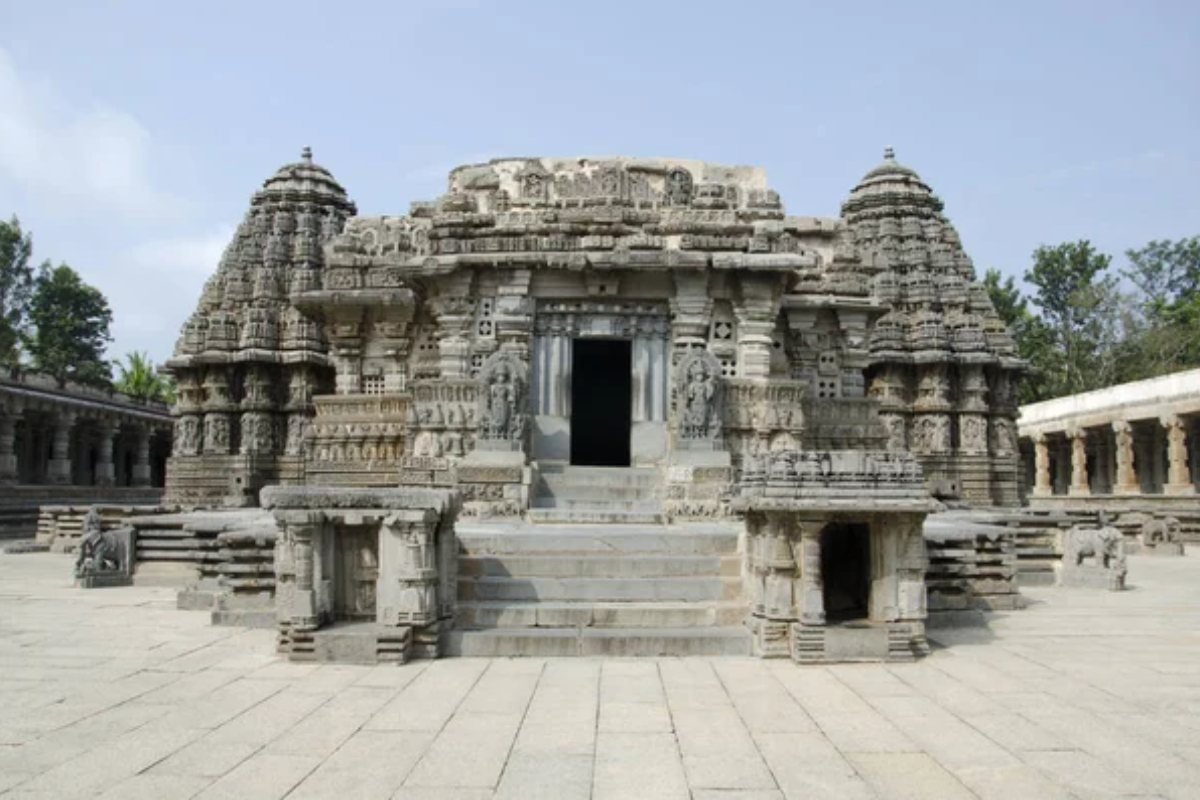
Every inch of this temple in Belur features intricate carvings telling stories from ancient epics, with some figures measuring less than an inch tall. The temple took 103 years to complete, and three generations of sculptors worked on its incredible details.
The main structure features 48 unique pillars, each producing different musical notes when struck gently. The temple’s walls serve as an ancient encyclopedia, depicting everything from dance poses to hairstyles of the era.
Somnath Temple

Despite being rebuilt seven times after various invasions, this temple maintains its original architectural splendor. The temple’s position is calculated to ensure no land between it and Antarctica, creating a unique energy alignment.
The flag on top of the temple changes 12 times daily, following an ancient tradition that’s continued for centuries. The temple’s design creates natural air conditioning, keeping the interior cool during intense summer heat.
Like Travel Pug’s content? Follow us on MSN.
Ekambareswarar Temple
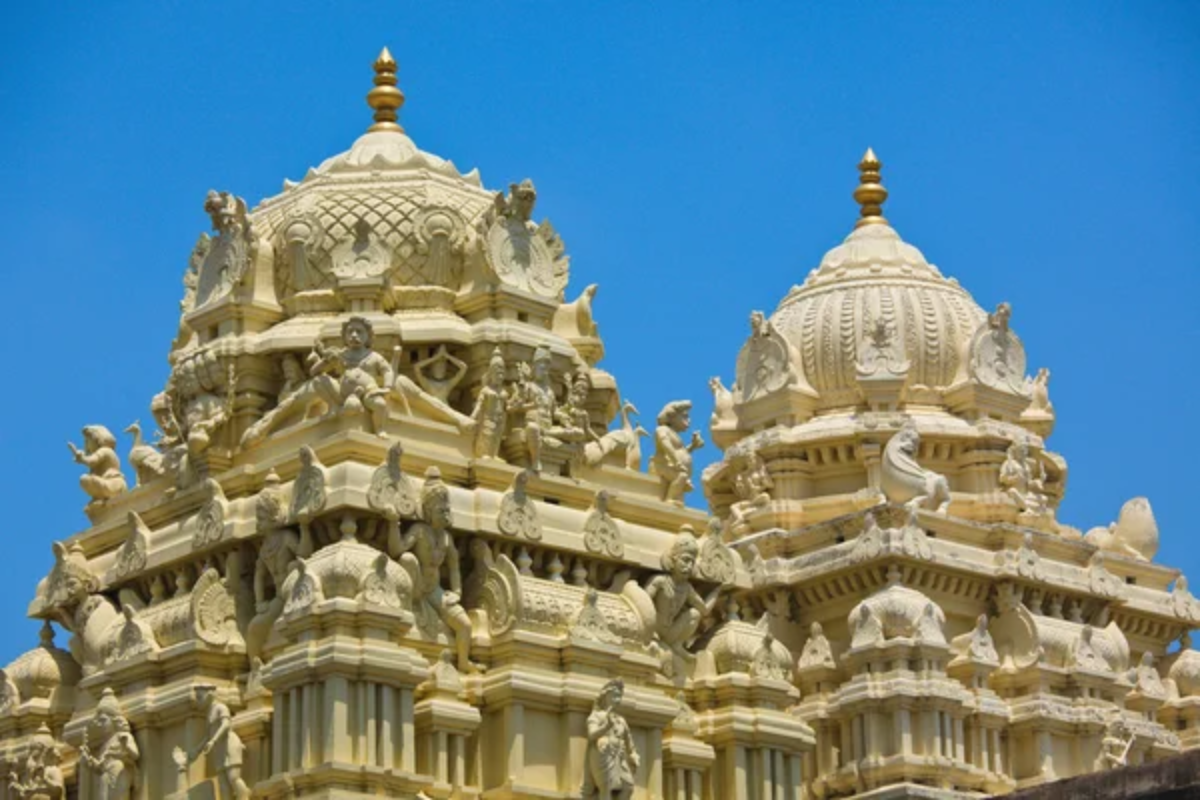
This temple features a 3,500-year-old mango tree that produces four different types of mangoes. The temple’s corridors extend for over a mile and feature 1,008 Shiva lingams carved from a single piece of granite.
Ancient Tamil inscriptions on the walls serve as historical records of the region’s past. The temple tank contains water believed to be as old as the temple itself, with unique mineral properties.
Kandariya Mahadeva Temple
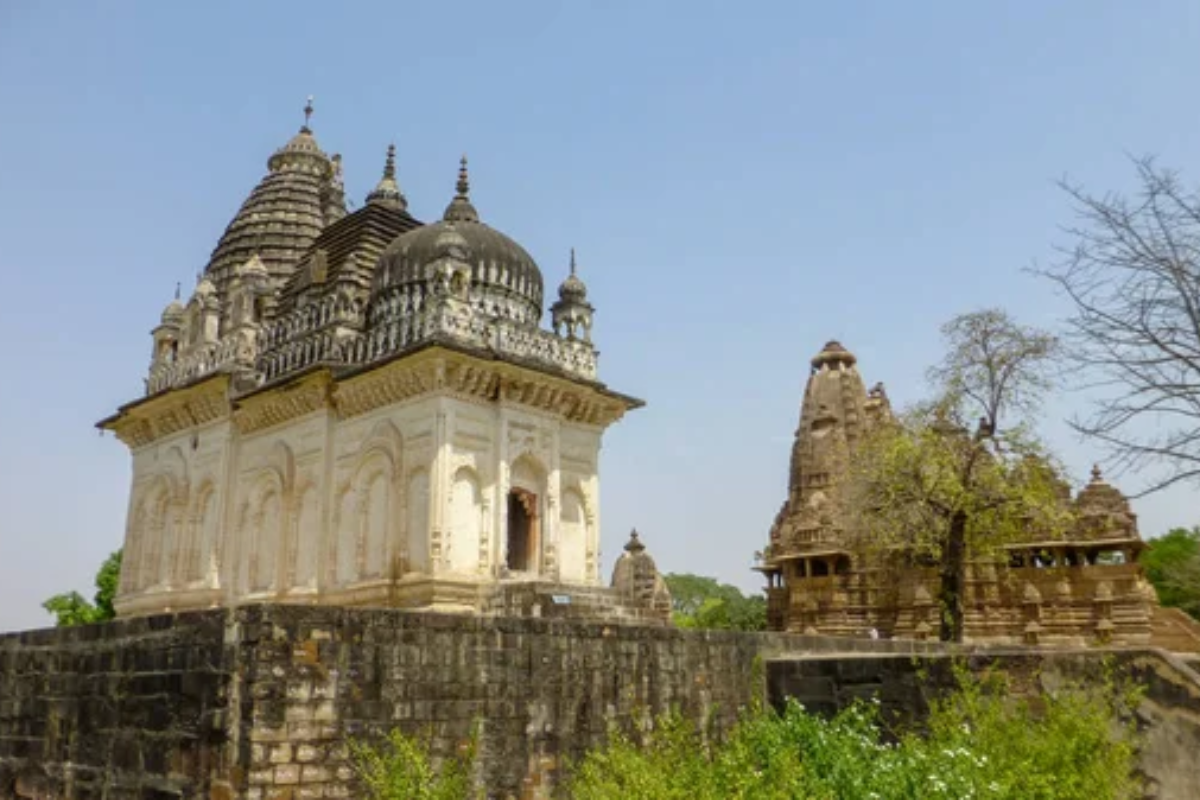
Representing the peak of Chandela architecture, this temple creates an optical illusion of being smaller than it is. The temple’s spires are arranged to catch the first rays of sunrise throughout the year, creating different light patterns.
Mathematical principles of geometry and astronomy are built into every aspect of its design. The temple’s exterior features over 870 statues, each carved with incredible attention to detail.
Sri Ranganathaswamy Temple
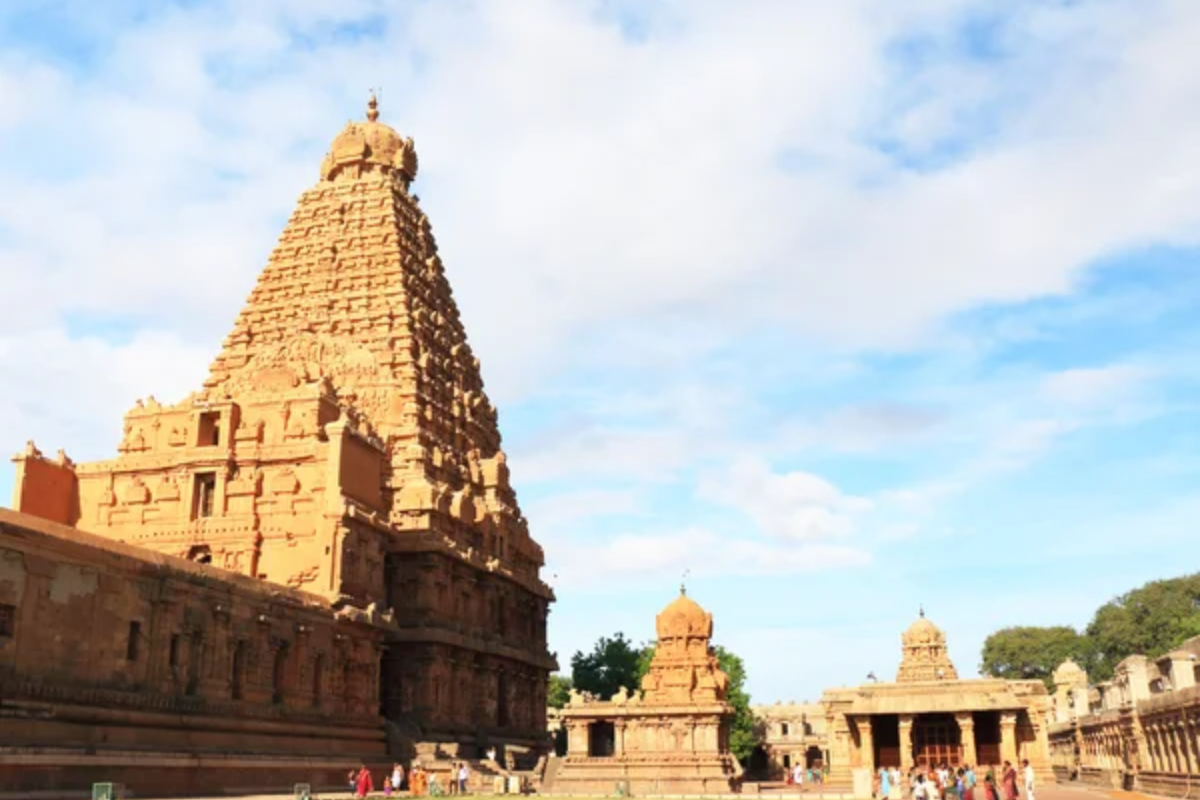
This 156-acre temple complex functions like a self-contained city with its ecosystem. It features 21 gopurams (towers), with the main tower rising 236 feet high, making it Asia’s second-tallest temple tower.
Seven concentric walls represent the seven levels of spiritual enlightenment in Hindu philosophy. The temple’s musical pillars each produce different notes of the classical Indian scale when tapped.
Like Travel Pug’s content? Follow us on MSN.
Mukteshvara Temple
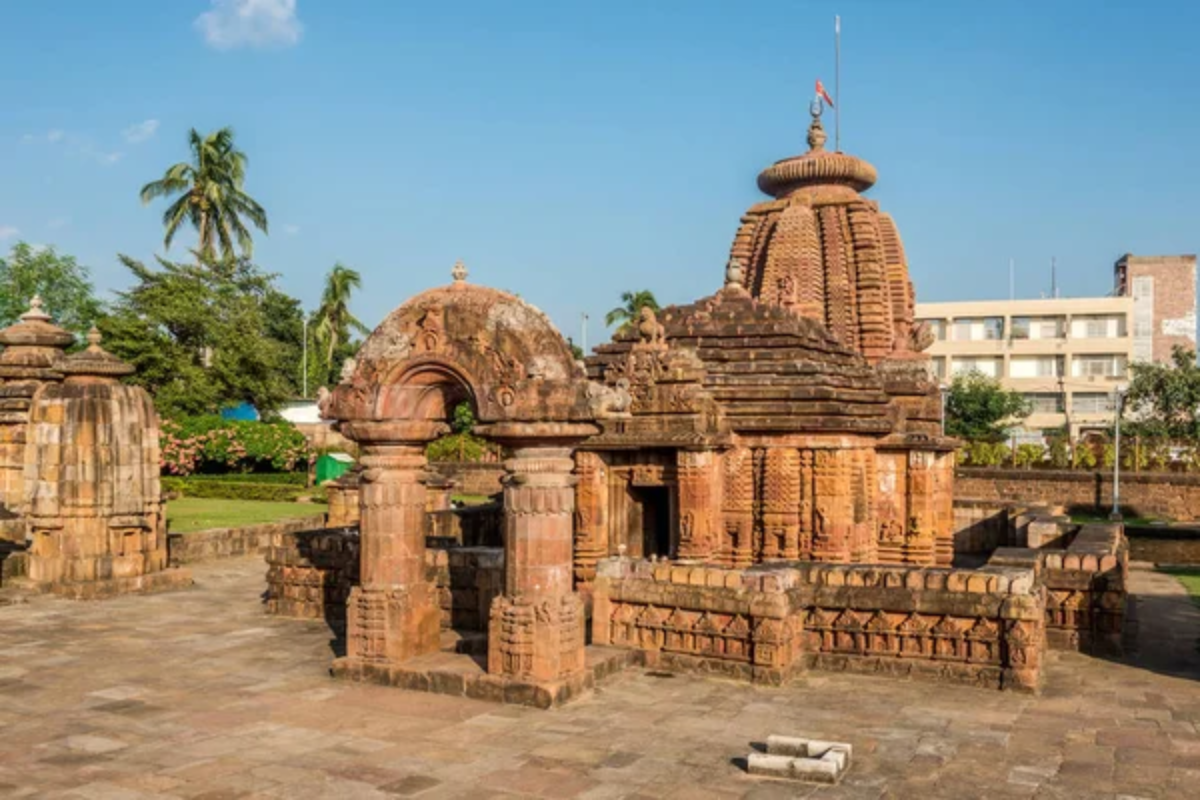
Known as the gem of Odisha architecture, this small temple proves that size isn’t everything in architectural beauty. The temple’s arch, known as the ‘Torana,’ has been replicated countless times but never matched in its perfect proportions.
Artists carved such fine details that individual strands of hair can be seen on the sculptured figures. The temple serves as a textbook of Odisha temple architecture, showcasing every major design element in perfect harmony.
Vaitheeswaran Temple
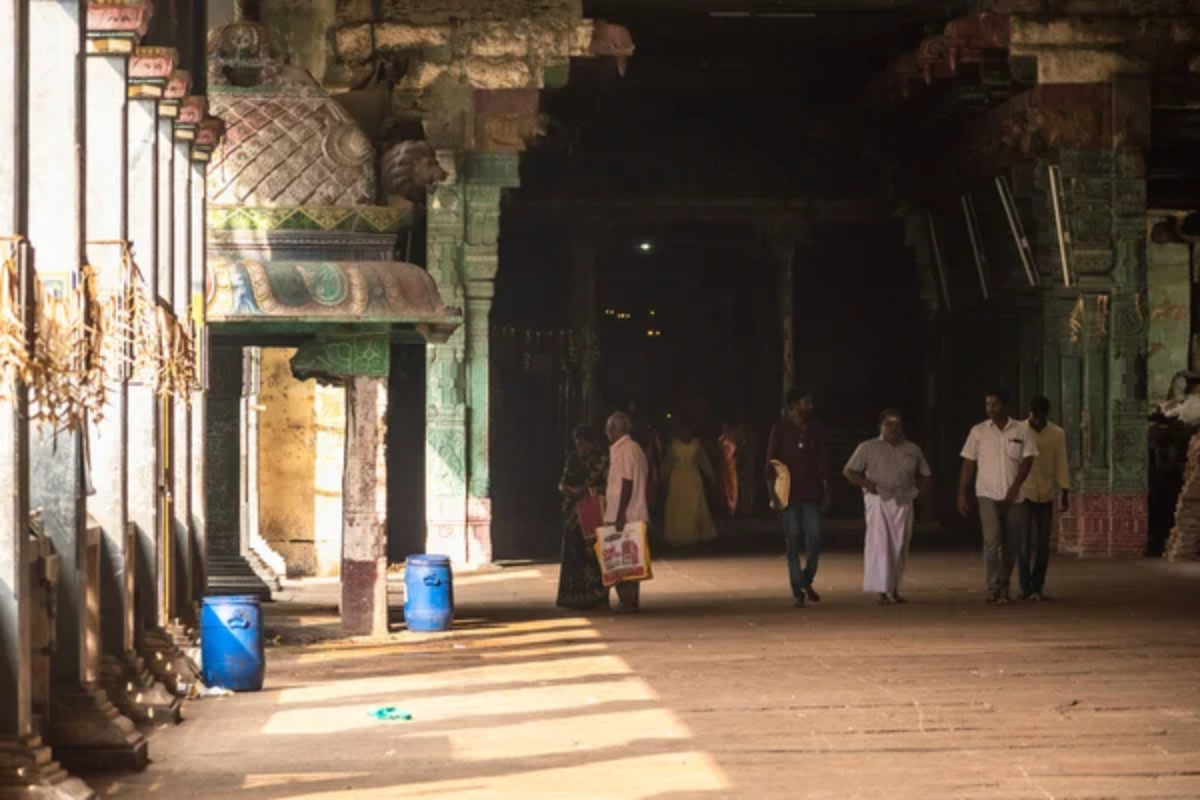
Ancient inscriptions in this temple contain medical remedies that modern doctors are still studying today. The temple tank’s water is believed to contain healing properties due to its unique mineral composition.
Sculptures on the walls demonstrate various yoga positions with anatomical accuracy that matches modern medical understanding. The temple complex includes an ancient hospital area where traditional healing practices continue.
Annamalaiyar Temple
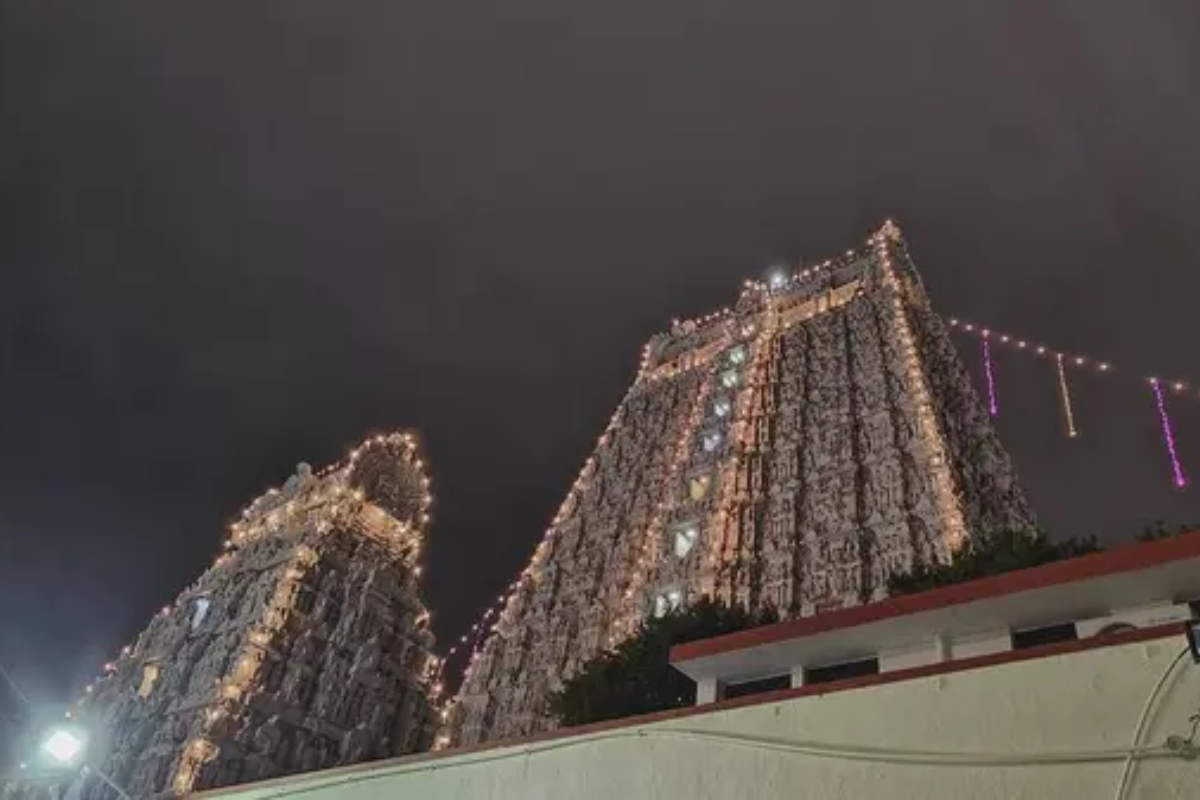
The temple’s towers can be seen from 25 miles away, serving as a landmark for travelers for centuries. Its massive courtyard can hold over 1,000 people yet maintains perfect acoustics for traditional ceremonies.
The temple’s construction aligns perfectly with celestial events, creating specific light effects during important astronomical occurrences. Ancient inscriptions reveal that the temple once had a sophisticated water management system that recycled rainwater.
Like Travel Pug’s content? Follow us on MSN.
Past Meets Present

These temples stand as reminders of India’s incredible architectural achievements, showcasing skills that sometimes surpass our modern capabilities. While the Taj Mahal captures the world’s imagination, these ancient temples demonstrate that India’s architectural genius spans many centuries and styles.
The precision, artistry, and engineering displayed in these structures continue to amaze experts and inspire new generations of architects and artists. As modern buildings rise around them, these temples remain perfect examples of how ancient builders created beauty that truly stands the test of time.
More from Travel Pug

- 20 Towns Built for One Purpose That Were Later Abandoned
- 15 Hidden Spots in Disney World’s Magic Kingdom Most Visitors Miss
- 20 Photos of the World’s Most Beautiful Glacial Lakes
- 15 Canyons in the U.S. That Are Just as Stunning as the Grand Canyon
- 10 Under-the-Radar Mountain Towns That Are Both Affordable and Beautiful
Like Travel Pug’s content? Follow us on MSN.
